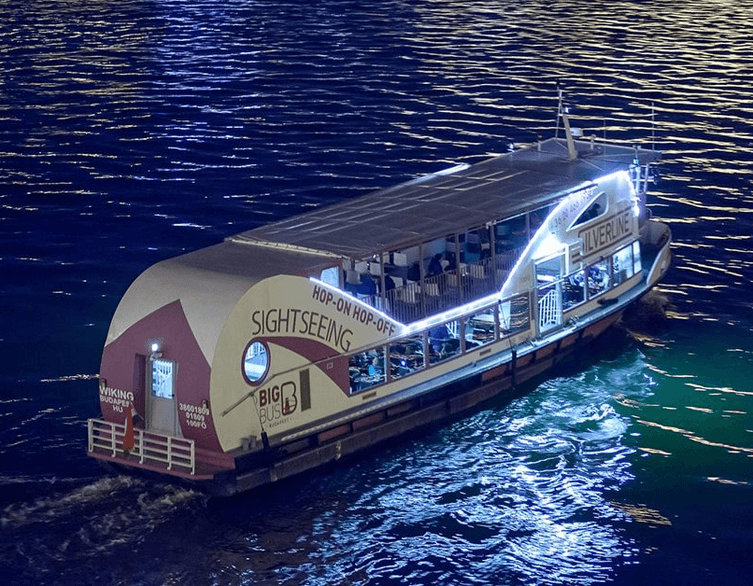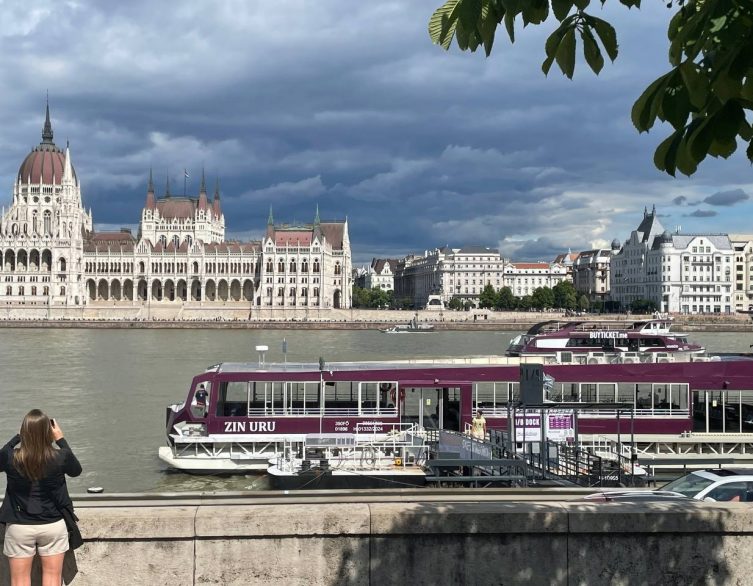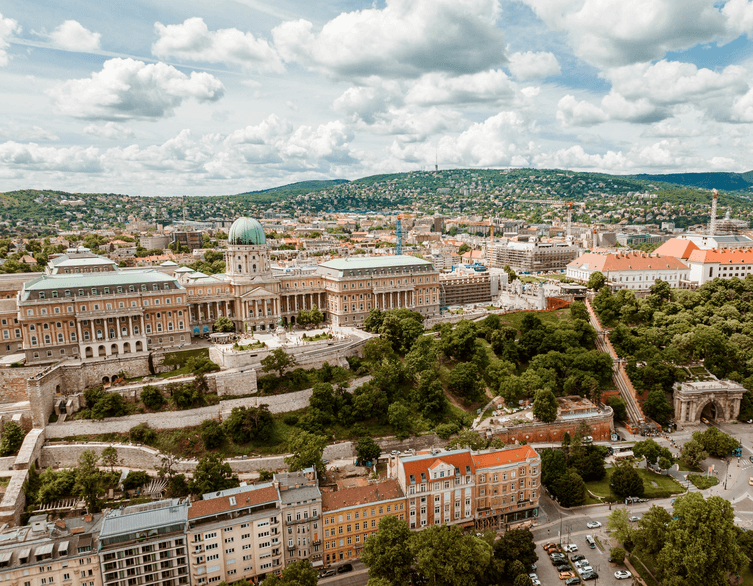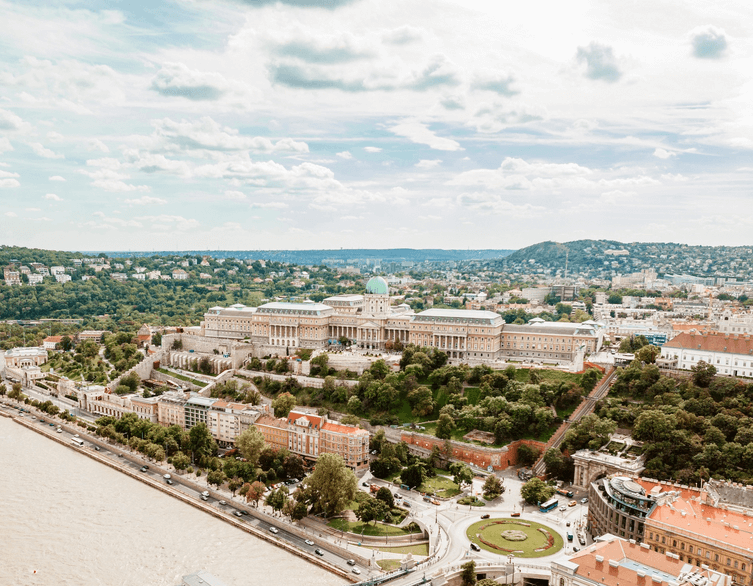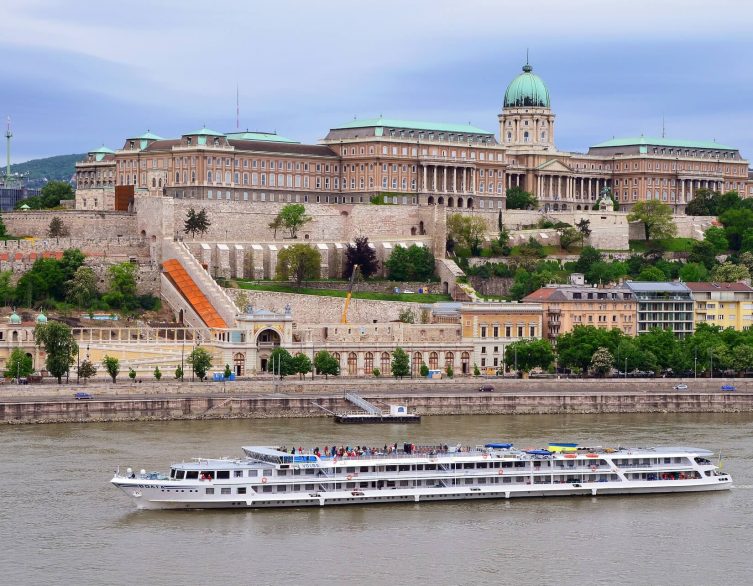Budapest Reclaims Its Place Among the World’s Greatest Cultural Treasures
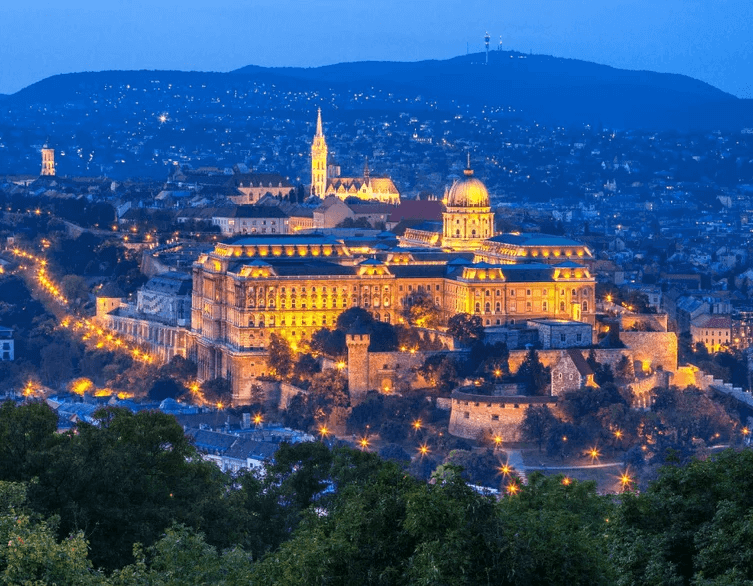
Walking through the cobblestone streets of Budapest’s Castle District or strolling along the magnificent Danube embankment, you’re experiencing something truly special – one of the world’s most carefully preserved historical environments. But did you know that this incredible heritage was recently at risk of losing its international recognition? The story of how Budapest fought to maintain its prestigious UNESCO World Heritage status is not just a tale of architectural preservation, but a testament to the city’s commitment to sharing its treasures with visitors from around the globe.
A Historic Victory That Reshapes Budapest’s Future
On July 10, 2025, a decision made in Paris sent waves of relief and celebration through Budapest’s corridors of power and cultural institutions. For the first time in six years, the UNESCO World Heritage Committee officially confirmed that Budapest’s three iconic sites – the Danube Banks, the Buda Castle Quarter, and Andrássy Avenue – were no longer considered endangered world heritage locations.
This wasn’t merely an administrative victory. It represented a fundamental shift in how the international community views Budapest’s ability to balance historical preservation with modern urban development. After years of intense scrutiny and criticism, the Hungarian capital has proven that it can evolve while maintaining the integrity of its most precious cultural assets.
The significance of this decision extends far beyond bureaucratic relief. It places Budapest back on the global cultural map as a destination that not only preserves its heritage but does so with the kind of professional excellence that meets the world’s highest standards. For visitors, this means experiencing a city that has earned international validation for its commitment to authenticity and cultural integrity.
The Real Challenge Behind World Heritage Status
Many tourists assume that UNESCO World Heritage status is a permanent badge of honor, but the reality is far more complex and demanding. As Hungary’s Chief Architect Regő Lánszki explained in recent interviews, maintaining this prestigious designation requires continuous performance and unwavering commitment to international preservation standards.
The challenge isn’t simply about keeping old buildings standing – it’s about creating a delicate balance between historical authenticity and contemporary functionality. Every renovation, every new development, every change to the urban landscape must be carefully considered not just for its immediate impact, but for how it affects the overall historical narrative that these sites represent.
This ongoing responsibility means that when you visit Budapest’s World Heritage sites, you’re not just seeing old buildings that have been frozen in time. You’re experiencing living, breathing historical environments that continue to evolve in ways that respect their past while serving the needs of modern residents and visitors alike.
Buda Castle: Where Controversy Meets Excellence
The most intense debates surrounding Budapest’s heritage preservation efforts have centered on the Buda Castle complex, one of the city’s most valuable historical areas. Recent reconstruction efforts sparked passionate discussions among both locals and international observers, with some questioning whether modern interventions were compromising the site’s historical integrity.
However, these very debates demonstrate the level of care and attention that surrounds every decision affecting Budapest’s heritage sites. Multiple UNESCO inspections, involvement of international conservation organizations, and detailed planning processes ensured that every step was professionally justified and culturally appropriate.
The international expert mission that visited Budapest in February 2025 provided the crucial validation that the city’s preservation efforts were meeting world-class standards. Their comprehensive evaluation of Buda Castle, Andrássy Avenue, and the Danube Banks found everything to be in proper order, leading to the historic decision that removed Budapest from the endangered list.
For visitors, this means that when you explore Buda Castle today, you’re seeing the result of world-class heritage preservation work that has been scrutinized and approved by the globe’s leading cultural experts. The complex you’ll walk through represents the best of both worlds – authentic historical atmosphere combined with modern safety and accessibility standards.
What This Victory Means for Your Budapest Experience
Budapest’s successful defense of its World Heritage status has immediate and long-term implications for anyone planning to visit the city. The UNESCO seal of approval isn’t just a matter of prestige – it’s a guarantee that you’ll be experiencing cultural sites that meet the highest international standards for historical authenticity and preservation quality.
The three designated World Heritage areas – the Danube Banks, Buda Castle Quarter, and Andrássy Avenue – have been recognized since 1987 as being of outstanding universal value to humanity. This recent reaffirmation means that these sites continue to represent the pinnacle of architectural and cultural achievement, making them essential stops for any serious cultural traveler.
Best deals of Budapest
The decision also signals to the international travel community that Budapest is a destination committed to excellence in heritage tourism. This kind of recognition typically leads to increased coverage in international travel publications, enhanced tour operator interest, and greater visibility among culturally-minded travelers worldwide.
A Living Heritage That Continues to Evolve
One of the most remarkable aspects of Budapest’s World Heritage sites is how they function as living parts of the city rather than museum pieces. The Danube embankment isn’t just a scenic walkway – it’s an integral part of daily life for Budapest residents. Andrássy Avenue remains one of the city’s most elegant shopping and dining districts. Buda Castle continues to house important cultural institutions and government offices.
This integration of historical preservation with contemporary urban life creates a unique experience for visitors. You’re not just observing history from behind velvet ropes – you’re participating in the ongoing story of a city that has successfully woven its past into its present.
The UNESCO decision validates this approach, confirming that heritage preservation doesn’t require turning historical sites into lifeless monuments. Instead, it demonstrates that the most successful preservation efforts are those that allow historical environments to continue serving their communities while maintaining their cultural integrity.
The Broader Impact on Hungarian Cultural Tourism
Budapest’s World Heritage victory extends beyond the city itself to influence perceptions of Hungary as a cultural destination. The country currently boasts eight UNESCO World Heritage sites, seven cultural and one natural, making it one of Central Europe’s most heritage-rich destinations.
The successful resolution of Budapest’s endangered status sends a powerful message to international cultural tourists: Hungary takes its heritage responsibilities seriously and has the expertise to maintain world-class historical sites. This reputation enhancement benefits not just Budapest but the entire Hungarian tourism industry.
For visitors, this means that the World Heritage sites you’ll encounter in Budapest are part of a broader network of internationally recognized cultural treasures throughout Hungary. Your Budapest experience can serve as a gateway to exploring the country’s other remarkable heritage sites, from the historic village of Hollókő to the thousand-year-old Benedictine Abbey of Pannonhalma.
The Future of Heritage Tourism in Budapest
The 2025 UNESCO decision represents more than just a resolution of past concerns – it establishes a framework for Budapest’s future as a heritage tourism destination. The city has demonstrated that it can successfully navigate the complex challenges of 21st-century heritage preservation while maintaining the authenticity that makes these sites so compelling to visitors.
This success story provides a model for other historical cities facing similar challenges. Budapest’s experience shows that with proper planning, professional expertise, and genuine commitment to preservation principles, it’s possible to maintain World Heritage status while continuing to develop as a modern urban center.
For tourists, this means that Budapest’s World Heritage sites will continue to evolve and improve while maintaining their essential character. Future visits may reveal new interpretive facilities, enhanced accessibility features, or improved conservation work, all developed within the framework of internationally approved preservation standards.
An Invitation to Experience Living History
The story of Budapest’s World Heritage victory is ultimately an invitation to experience something extraordinary. When you walk through the Buda Castle Quarter, cruise along the Danube Banks, or stroll down Andrássy Avenue, you’re not just sightseeing – you’re participating in a living cultural achievement that has earned recognition from the world’s leading experts in heritage preservation.
This UNESCO endorsement guarantees that your Budapest experience will be authentic, well-preserved, and culturally significant. But more than that, it ensures that the sites you visit will continue to be maintained and enhanced for future generations of visitors to discover and enjoy.
The decision to remove Budapest from the endangered list represents a triumph of dedication, expertise, and cultural responsibility. For travelers, it’s an assurance that Budapest remains one of the world’s premier destinations for experiencing authentic European heritage in a setting that successfully balances historical preservation with contemporary vitality.
Your visit to Budapest’s World Heritage sites isn’t just a tourist activity – it’s an opportunity to witness how a city can honor its past while building its future, creating experiences that are both historically meaningful and thoroughly modern in their accessibility and interpretation.
Related news
Related attractions

















